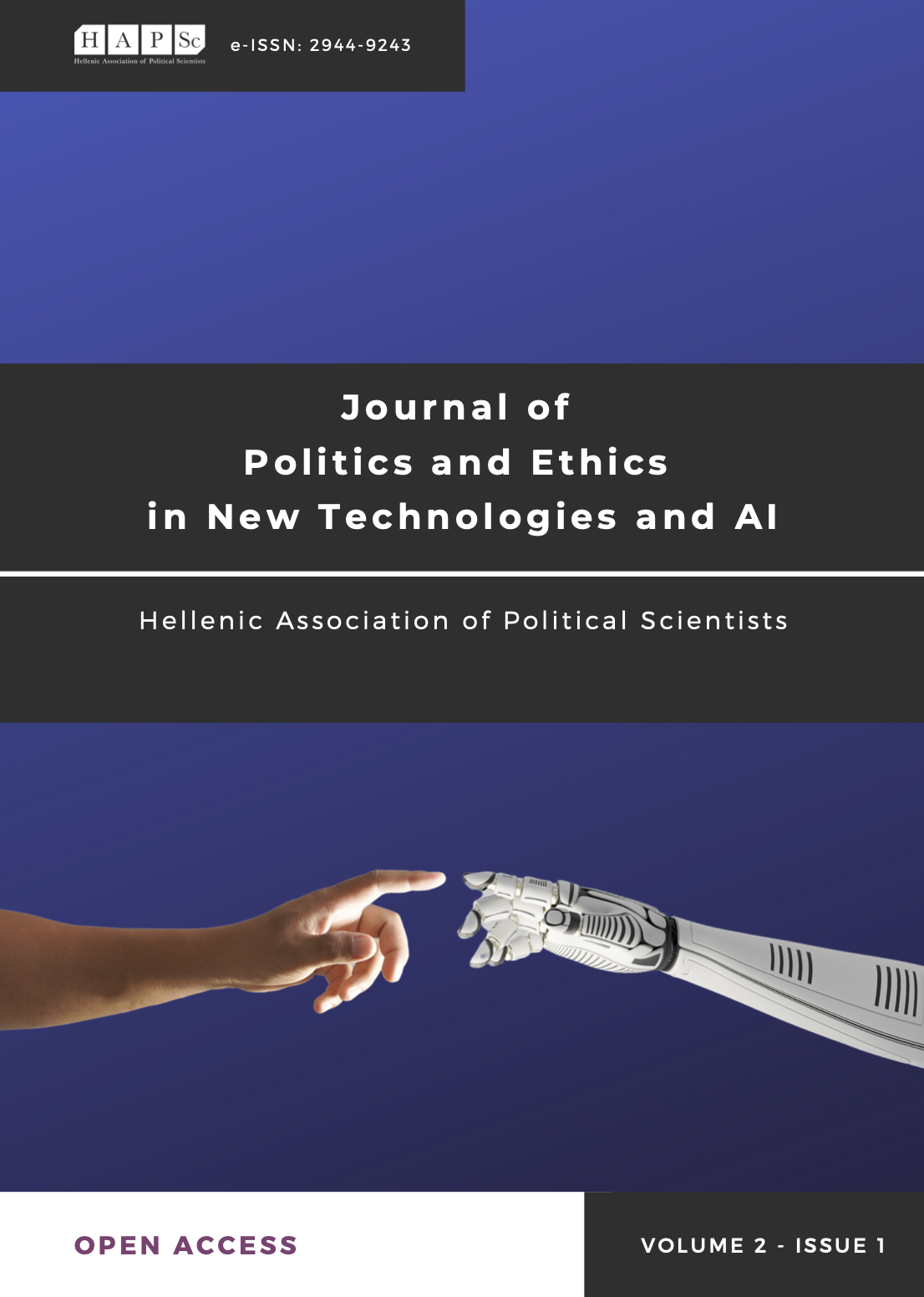e-Securing the EU Borders: AI in European Integrated Border Management

Abstract
In the European Union, the external borders were not always conceived as European ones. However, after experiencing a range of threats, the European policymakers identified external borders' importance to European security. Not forgetting that borders are connected with national authority, the EU through Frontex has made progressive steps towards a coordinated or even common border management. The main tools to achieve that are the shared European IT systems. Their enhanced capabilities, mostly based on Artificial Intelligence, will further establish the European Smart Borders. There is a complex "network” of IT border systems already operating or prospect automated ones that are necessary to be resilient and align with core fundamental rights.
Article Details
- Section
- Research Articles

This work is licensed under a Creative Commons Attribution 4.0 International License.
Authors retain copyright and grant the journal right of first publication with the work simultaneously licensed under Creative Commons 4.0 (CC-BY 4.0) license, that allows others to share the work with an acknowledgement of the work's authorship and initial publication in this journal.





